PROTECT YOUR DNA WITH QUANTUM TECHNOLOGY
Orgo-Life the new way to the future Advertising by Adpathway THE GEAR: Jersey: FXR Clutch, Pants: FXR Clutch, Helmet: Bell Moto 9 Youth, Goggles: Factory Ride Prime, Boots: Alpinestars Tech 7.
THE GEAR: Jersey: FXR Clutch, Pants: FXR Clutch, Helmet: Bell Moto 9 Youth, Goggles: Factory Ride Prime, Boots: Alpinestars Tech 7.
Way back in the winter of 2006, word in the pits was that both Honda and Yamaha were working on 150cc four-strokes to race in the mini-cycle class, which was dominated by 85cc two-strokes. It was one of the worst-kept secrets in the sport. In fact, MXA spent some time at the track with Yamaha’s chief engineer, Yoshiharu Nakayama, the man responsible for the resurgence of four-strokes in motocross when he penned the 1998 Yamaha YZ400F and followed it up with the YZ250F four-stroke in 2001. During a lunch break, the conversation turned to the upcoming release of the 2007 Honda CRF150R (the “R” designates it as a race model as compared to the play bike of the same name). Out of the blue, Yoshiharu told us that Yamaha already had a YZ150F four-stroke in development as far back as back as 2001, but that it hadn’t been approved for production yet.
So, how did the Honda CRF150 beat the Yamaha YZ150F to the punch, given that Yamaha had a six-year head start? That’s simple. Two reasons:
(1) Yamaha had a successful YZ85 two-stroke, and they didn’t want to compete against it with the YZ150F four-stroke.
(2) Yamaha was waiting for an AMA rule change that would make 150cc four-strokes legal in the 85cc two-stroke class. This wasn’t such an outlandish idea, given that the original four-strokes for the 250cc and 125cc National and Supercross series were given a giant displacement advantage by the AMA to help make them competitive. At one point, four-strokes were allowed to run 540cc engines in the 250 class and 250cc engines in the 125 class. Thus, 150cc four-strokes against 85cc two-strokes didn’t seem too crazy.
Yamaha held the YZ150F under wraps and waited for an official AMA ruling about the legality of 150cc four-strokes. And, while they waited, Yamaha’s R&D department reported back to management that a 150cc four-stroke wasn’t comparable to an 85cc two-stroke. The corporate decision was to back-burner the YZ150F.
 When Honda stopped making two-strokes at the end of the 2007 model year, they dropped the CR80 and replaced it with the CRF150R four-stroke.
When Honda stopped making two-strokes at the end of the 2007 model year, they dropped the CR80 and replaced it with the CRF150R four-stroke.
For their part, Honda didn’t have a race-worthy Honda CR85 to fall back on, and when their corporate edict to not make any two-stroke machines after 2007 came out, that meant that if Honda was interested in the mini-cycle market, it would have to do it with the CRF150R. Thus, Honda unilaterally prepared to race the CRF150R with or without the AMA’s approval, although it didn’t hurt that the FIM legalized 150cc four-strokes in their 85 class for 2007.
But while Honda was waiting for the AMA to legalize the CRF150 in the 85 class, most of the local and regional organizations announced that the CRF150, or any 150 four-stroke, would be illegal in the 85cc class but could compete in the Supermini class.
Being approved for the Supermini class was not the ruling that Honda was hoping for. They had been brave enough to bring the $4200 CRF150R to the market in 2007—and steadfastly believed that market forces would make the bike legal at every racetrack and under any race organization or sanctioning body.
Honda stopped all-new two-stroke projects at the end of the 2007 model year, which meant that Honda’s mini-cycle racing hopes rested solely in the four-stroke basket. The “CRF150R versus the AMA” was a chicken before the egg conundrum. Honda was banking on the fact that the AMA didn’t have a very good track record of blocking rule changes that Honda wanted.
But, the decision about the CRF150R getting approved for the 85 class was determined at the grass-roots level. Honda gambled that mini racers would want to race a 150cc four-stroke, but two factors sabotaged any serious movement to get it accepted in the 85 class. First, the Honda CRF150’s MSRP was $4200, which was $1000 more than the typical 2007 85cc two-stroke. Second, the 2007 CRF150 weighed 187 pounds, while a YZ85 was 20 pounds lighter—not an insignificant difference when you are talking 12-year-old riders. In the end, the parents’ bank accounts and the young riders’ strength kept the CRF150 out of the 85 class.
 Thanks to its four-stroke powerband and handling, the CRF150R Expert feels very planted.
Thanks to its four-stroke powerband and handling, the CRF150R Expert feels very planted.
Q: IS THERE REALLY A 2025 HONDA CRF150?
A: When Honda asked MXA if we’d be interested in testing a 2025 Honda CRF150R, we were dumbfounded. We hadn’t tested a CRF150 since it was first introduced in 2007, and the only ones we ever saw at the races were full-race versions ridden by factory-backed mini-cycle racers, like Hunter Yoder and Carson Mumford (Mumford’s bike was the one and only fuel-injected CRF150). Over the years, most of the population assumed that the CRF150 was mainly used as a trail bike, play bike or mid-sized off-road bike for mom or big sis.
Lots of the MXA test riders had either raced a CRF150 when they were younger or bought one for their kid back in the 2007 to 2010 period when they were more abundant. However, when they looked at the brand-new 2025 Honda CRF150, they were surprised to see that it was actually just a 2007 model with new plastic and graphics.
Q: WHAT CHANGES DID HONDA MAKE TO THE CRF150 OVER THE LAST 18 YEARS?
A: You have to be careful when talking about CRF150s, because Honda made a lower-tech CRF150F trail bike that was discontinued in 2017 and replaced by the 2019 CRF125F trail bike. As for the CRF150R, it has remained largely unchanged since 2007—although the same can be said for the Yamaha YZ250.
Here is a list of Honda CRF150R updates.
 The 2025 CRF150R comes in versions with 17/14-inch minicycle wheels or 19/16-inch SuperMini wheels.
The 2025 CRF150R comes in versions with 17/14-inch minicycle wheels or 19/16-inch SuperMini wheels.
(1) Big brother. The CRF150R mini-cycle has a 17-inch front wheel and a 14-inch rear wheel, while its big brother, the CRF150R Expert, comes with a 19-inch front wheel, 16-inch rear wheel, a taller seat height, longer swingarm, and longer fork (although the travel remains 10.8 inches). The seat height on the CRF150R is 32.8 inches, while the CRF150 Expert is 34 inches.
(2) Price tag. The CRF150R originally sold for $4200 in 2007. Today, the 2025 model has a retail price of $5250, while the 2025 CRF150 Expert costs $5500.
(3) Twin-sump lubrication system. Although the Honda CRF450 has dropped its twin-sump lubrication system, the 2025 CRF150 does separate the oil supply for the crankshaft, piston and valve train from the oil used in the clutch and transmission. Twin-sump lubrication divides the workload of the engine and transmission oil supply to allow the use of different viscosities for their unique jobs. The dual-oil system provides cool oil to the clutch, eliminates potential clutch and transmission material contamination of the engine oil, reduces the amount of circulating oil, and permits the use of a smaller oil pump.
Q: IS THE CRF150R MORE POWERFUL THAN AN 85 TWO-STROKE?
A: It is very different, and that difference is summed up in one word—torque. It’s not a question of maximum speed when talking about four-stroke versus two-stroke. It’s a matter of how quickly the bike gets up to speed. The CRF150R has gobs of torque, starting the moment the throttle is rolled on. This translates into power that doesn’t hesitate to get up to speed instantly out of a corner.
 The CRF150R has gobs of torque, starting the moment the throttle is rolled on.
The CRF150R has gobs of torque, starting the moment the throttle is rolled on.
Q: WHAT IS THE CRF150R EXPERT’S POWER LIKE?
A: Strong, smooth and fun. Strong, because the 149cc, liquid-cooled, single-cylinder four-stroke has tremendous thrust off the bottom, and that acceleration remains consistent all the way through the midrange of the powerband.
Smooth, because an immediate crack of the throttle yields a manageable hit that doesn’t jolt or scare young riders. The MXA test crew had riders from raw beginners to nationally ranked mini experts test the CRF150R, and every rider said that the thumper was easier to ride than the typical 85cc two-stroke. They felt more confident with roll-on power instead of the two-stroke’s blast-off power.
As for fun, we had to carry a big stick with us whenever we took the CRF150R to the track. We used it to keep the hordes of kids, mini racers and adults off the thing. This 18-year-old bike isn’t old news to an 8-year-old. It looks sharp, sounds cool and stands out on the track.
Q: WHAT IS THE BEST WAY TO RIDE THE CRF150R?
A: Honda thought ahead when they developed the CRF150R four-stroke engine. Most young riders have no idea about the intricacies of riding a four-stroke. They use too much clutch, rev too high, shift too late, hit the rev limiter too often and chop too soon. Ugly riding can result in an equally unattractive repair bill, but Honda tried to mitigate potential valve-train damage by giving the CRF150R a healthy dose of over-rev (the rev limiter doesn’t kick in until 14,000 rpm). This gives little Johnny a chance to ride it like a two-stroke until he gets the knack of four-stroke techniques.
The key to racing any four-stroke is to eliminate silence. Roll the power on early. Leave it on late. Keep the engine percolating (even if only at quarter throttle). Use power up the face of jumps. Leave the clutch alone. Short-shift when possible, and depend on decompression braking to help stop the bike.
Q: WHAT ARE THE THREE BIGGEST DOWNSIDES OF THE CRF150R?
A: There are two readily apparent problems with the new CRF150R.
(1) Price. When it was first introduced back in 2007, the price of the CRF150R was well above that of its 85cc competition. Now, 18 years later, the 2025 Honda CR150R has a suggested retail price of $5399, which is $1650 cheaper than a 2025 KTM 85SX, but $400 more expensive than a Yamaha YZ85.
(2) Blow-up factor. It is not if you will blow up your CRF150 but when. Rebuilding the CRF150 will cost about four times more than fixing the simpler 85. All that luscious torque comes courtesy of a lot more moving parts than are found in a simple two-stroke engine.
(3) Weight. Four-strokes are heavier than two-strokes. The CRF150R is nearly 25 pounds heavier than the YZ85. Many kids will not be able to pick the bike up after a crash or put it on a bike stand. That is something to consider if your kid doesn’t have a weight lifter’s muscles.
 The little lever above the clutch lever activates the Hot Start system.
The little lever above the clutch lever activates the Hot Start system.
Q: HOW HARD IS IT TO START THE CRF150R?
A: Not difficult at all. We did a starting drill with four mini-cycle racers, none of whom had any four-stroke experience, and all started the CRF150R with ease. The foolproof method with any cold four-stroke is two quick blips of the throttle followed by a medium-speed kick from as high in the arc as possible. Do not touch the throttle. This is a cold-blooded engine, and it’s best to let it idle for as long as it wants before turning the throttle. Once it is warm, it will start right away. Plus, when the engine is hot, the rider can use the hot-start trigger (mounted above the clutch lever) to help get oxygen into the combustion chamber.
Q: HOW DOES THE CRF150R HANDLE?
A: We were highly skeptical of the additional weight on the 150 as compared to an 85. It wasn’t as nimble, quick or light as a two-stroke, but the CRF150R makes up for its porkiness by being more planted, stabler at speed, and more accurate at turn-in. The smaller the rider, the more trouble he will have manhandling the CRF150R, but there seems to be a break-even weight at which point the rider can overcome the bike’s tendency to flop over at low speeds.
The charm of all four-strokes is that they are front-end handlers. They prefer to be steered from the front wheel instead of the rear wheel like a two-stroke. This makes the CRF150 easier for most kids to corner because they understand turning the bars better than they do pitching a bike into a turn and throttle steering with the rear wheel. That single fact makes the CRF150 a good-handling bike for kids.
Q: WHAT DID WE HATE?
A: The hate list:
(1) Weight. Smaller kids will feel the extra 25 pounds. An aluminum frame would decrease the weight but add to the cost of the bike. That’s a win/lose situation.
(2) Handlebars. Steel handlebars are made for bicycles. The steel handlebars on the all-new CRF150R are another cost-cutting feature.
(3) Gearing. In what can only be considered a strange occurrence, the small-wheel CRF150R runs 15/50 gearing, while the Big Wheel CRF150R Expert runs a much lower 15/56 gear combo. We’d prefer something closer to 15/54. The internal gears are nicely spaced.
(4) Blubber. The jetting on the 32mm Keihin flat-side carburetor runs ratty in the transition from low to mid, even though it has a Throttle Position Sensor (TPS) and an accelerator pump. Your local dealer should be able to come up with solutions to improve the low-end power since the CRF150R has been blubbering for 18 years.
 The front brake works adequately with its 220mm rotor, while the smaller rear brake is helped by engine braking .
The front brake works adequately with its 220mm rotor, while the smaller rear brake is helped by engine braking .
Q: WHAT DID WE LIKE?
A: The like list:
(1) Ease of use. Every mini test rider’s lap times dropped once he got used to the four-stroke intricacies.
(2) Ergonomics. The CRF150R is comfortable, roomy and has a neutral riding position.
(3) Starting. With minimal instruction, anyone can start the CRF150R.
(4) Usage. Specifically designed as a race bike, the CRF150 would only be a good trail or play bike for a racer on their days off. Honda makes a CRF125F trail bike that is only $3499 and would be much better suited for casual trail use by members of the racer’s family.
(5) Big wheel. For $200 more, the CRF150R Expert ($5599) is offered as a Big Wheel Supermini-style bike with 16-/19-inch wheels compared to the CRF150R’s 14-/17-inch wheels. Obviously, if you plan to race the CRF150, it’s much smarter to get the Supermini-legal CRF150R Expert model.
(6) Power. The CRF150R Expert makes the best use of its four-stroke power from low to mid, but the power flattens out on the top. Don’t get us wrong, it will rev to 14,000 rpm, but it won’t make more power once it gets above the midrange.
(7) Suspension. Depending on the rider’s weight and speed, the 37mm Showa cartridge forks will work very well. They are very plush initially, but resist diving under braking or hard hits. The Pro-Link rear shock is equally good.
(8) Brakes. The front brake works adequately with its 220mm rotor, while the rear brake is a little over-worked. Fortunately, its stopping power is aided by the natural decompression braking of the four-stroke engine.
 You have to kickstart the CRF150R engine, but it starts easily if you follow the drill.
You have to kickstart the CRF150R engine, but it starts easily if you follow the drill.
Q: WHAT DO WE REALLY THINK?
A: Back in 2007, MXA felt sorry for the poor reception that the Honda CRF150 got from the AMA, NMA, NESC and most local tracks. Honda believed that the mini-cycle world was ready to join the four-stroke revolution. It didn’t happen. Perhaps if Yamaha had joined the four-stroke fray with its never-released YZ150, public acceptance might have fought against the tide of four-stroke negativity. But, in the long run, Honda did manage to offer the CRF150 for 18 years, and that probably met their return-on-investment goals.






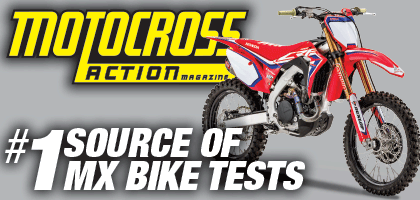
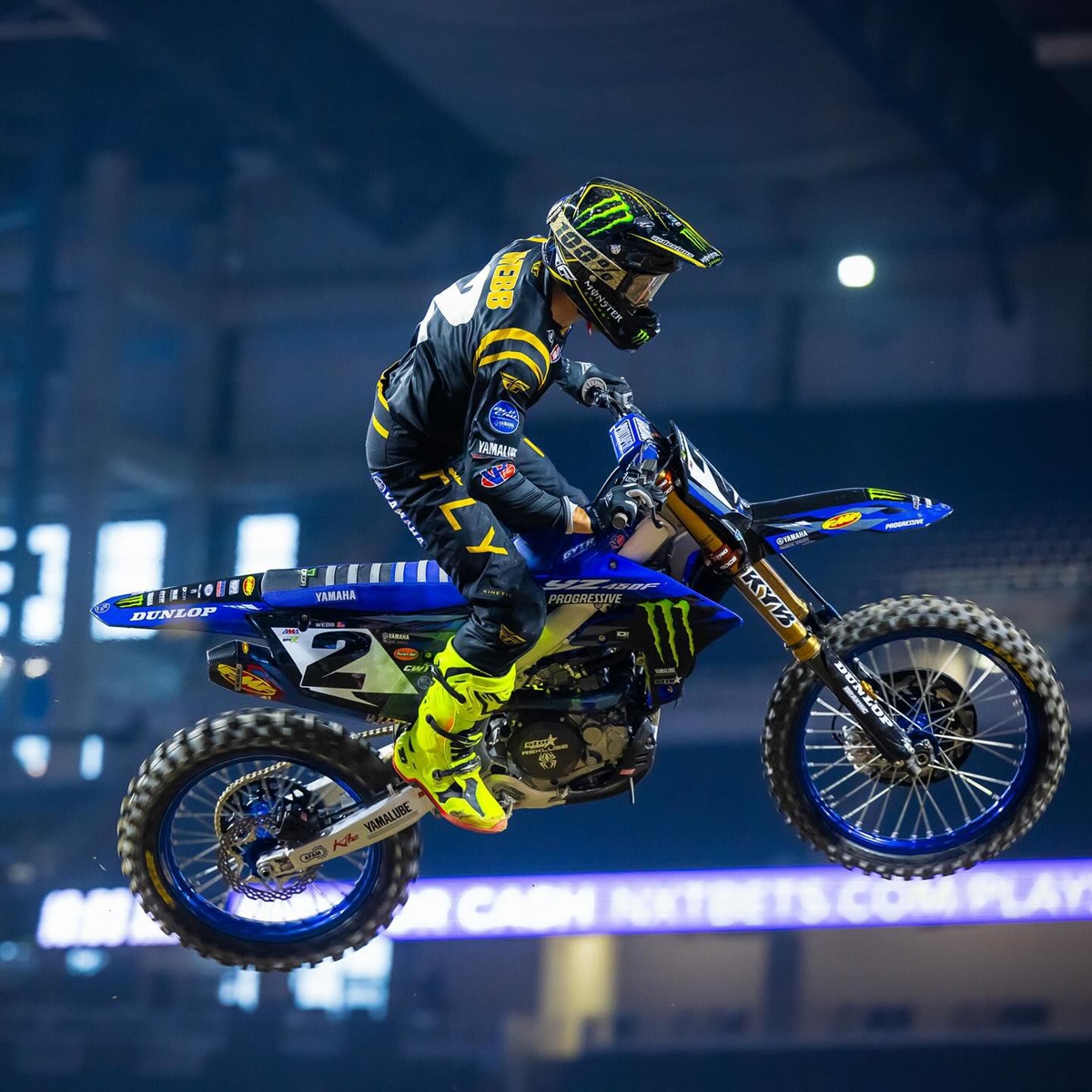
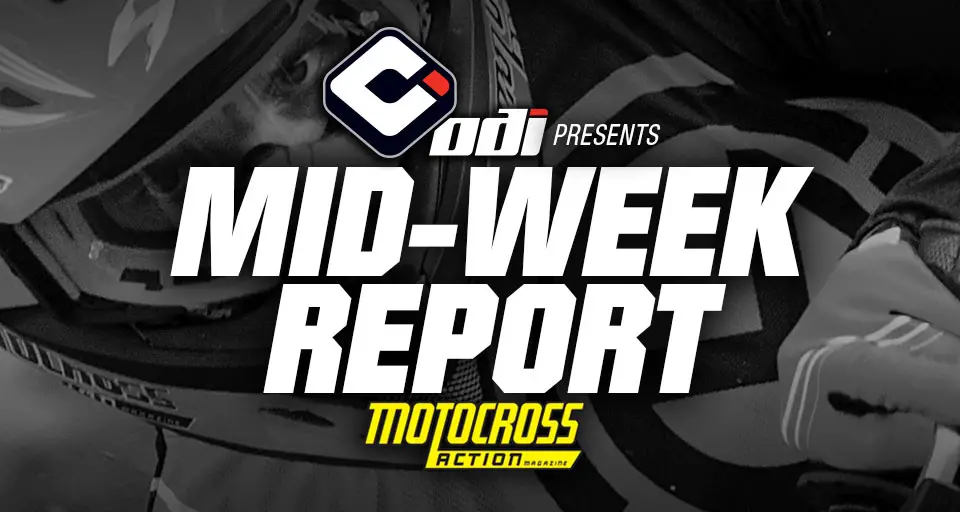
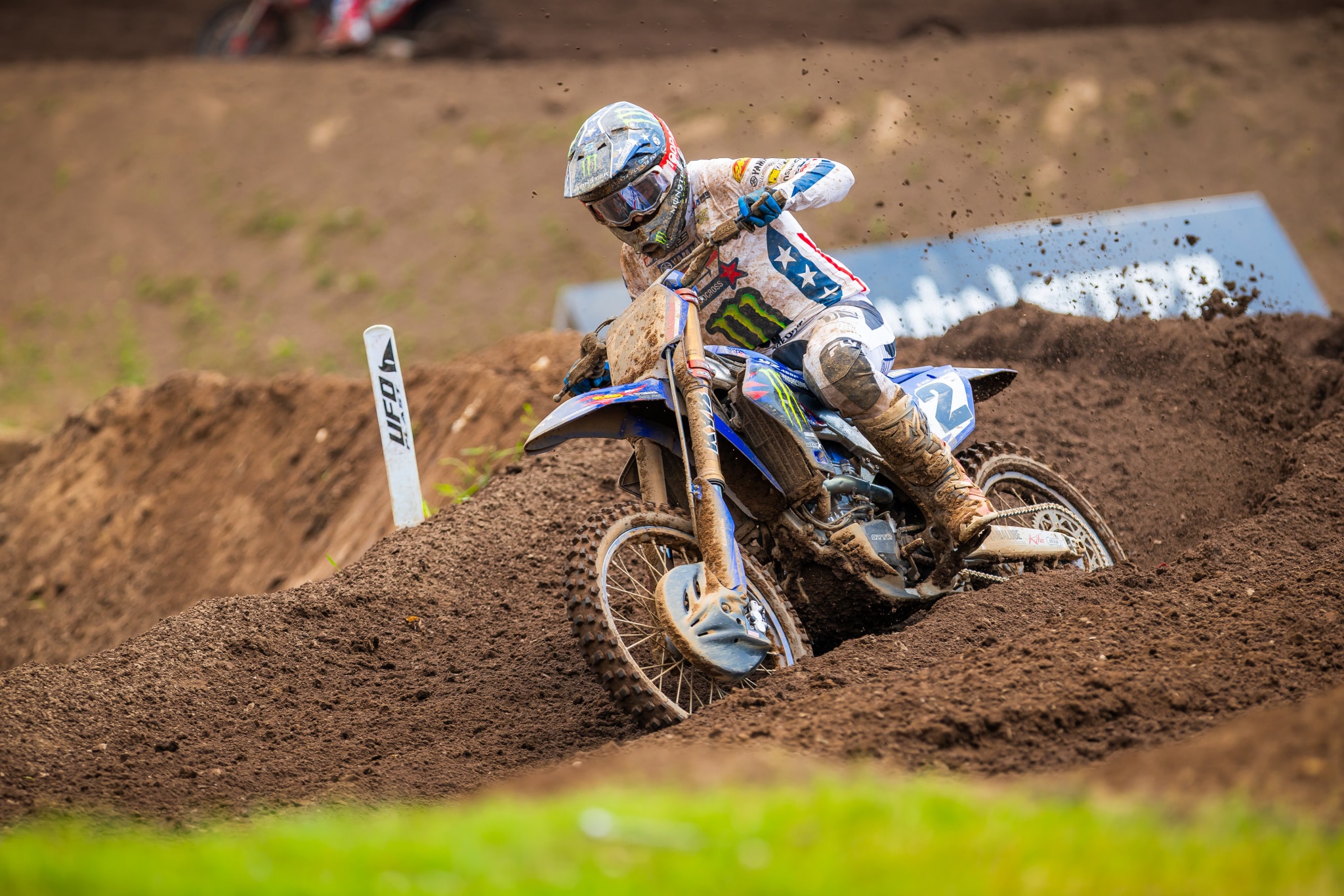

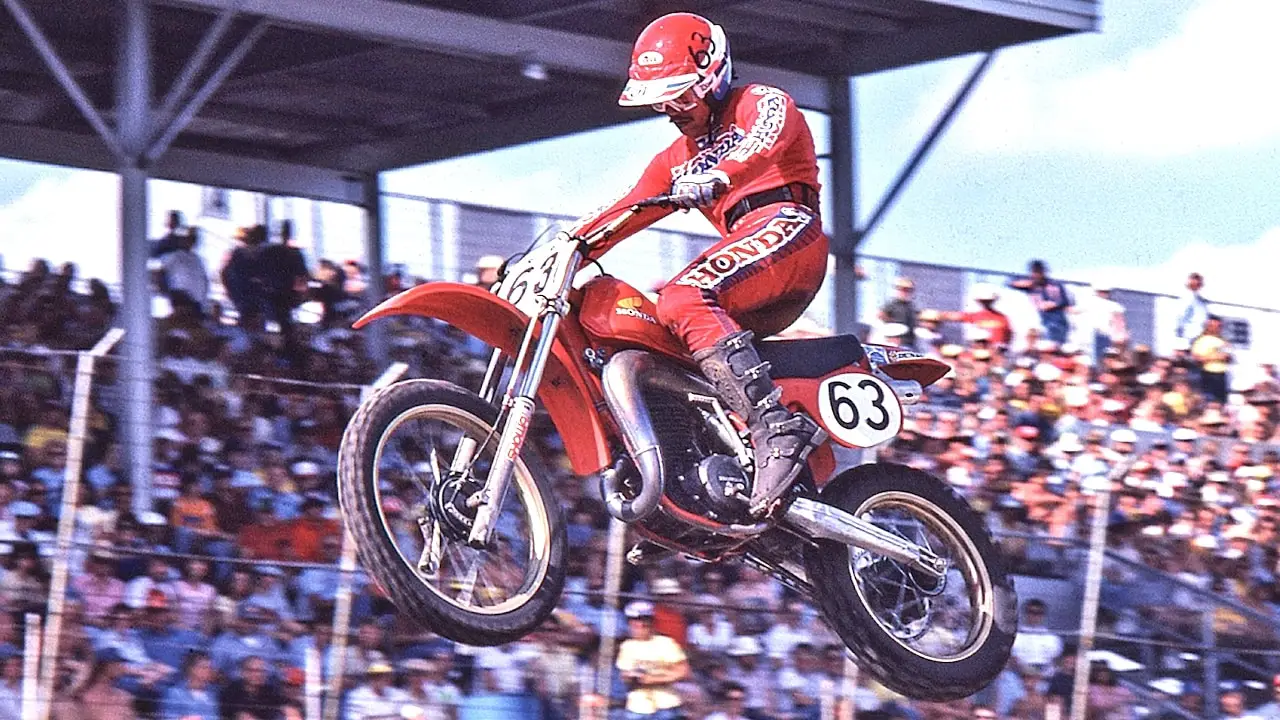




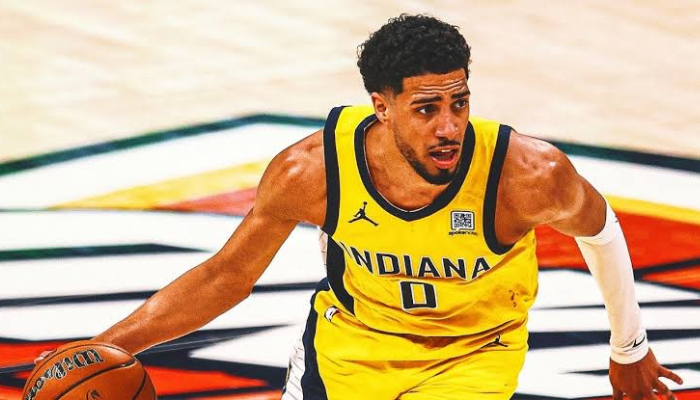

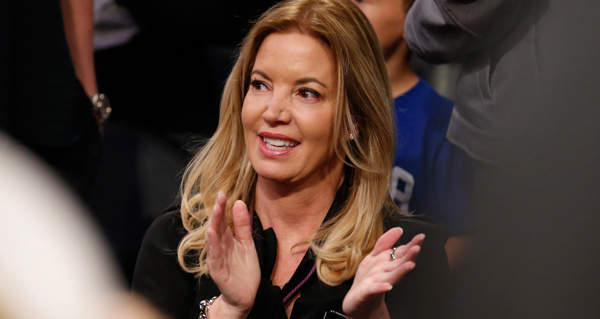

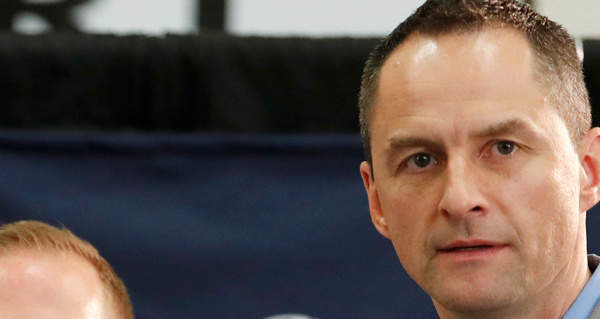
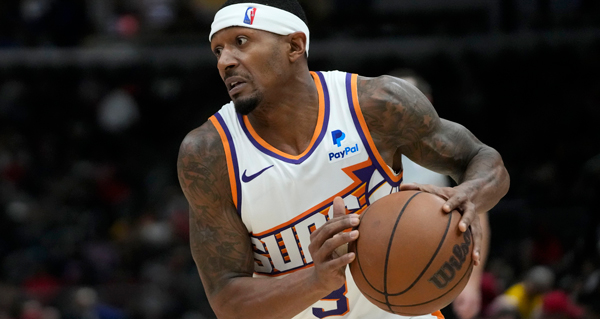
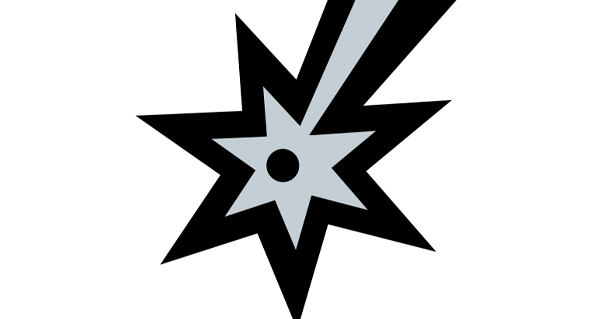

 English (US) ·
English (US) ·  French (CA) ·
French (CA) ·